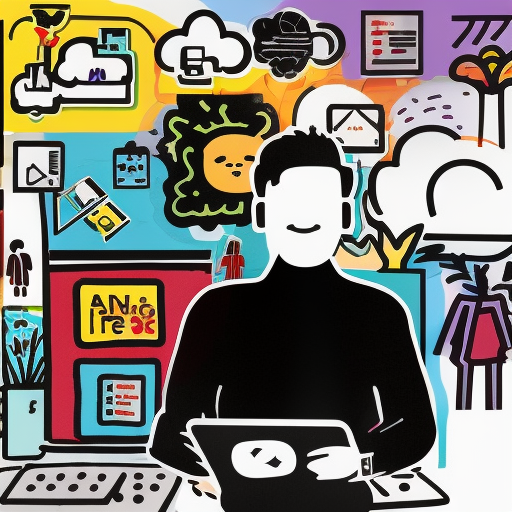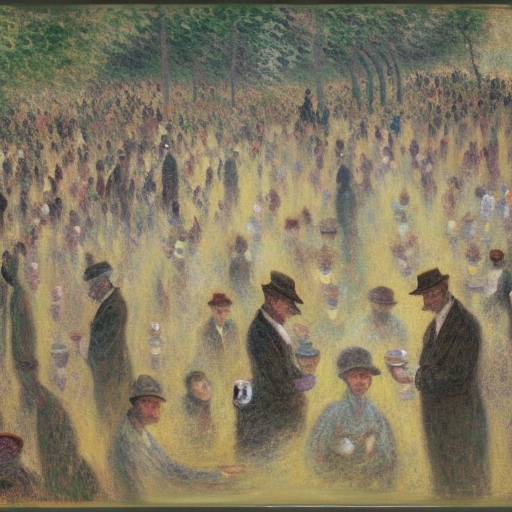Coffee is a beloved beverage across the globe. It’s been a go-to pick-me-up and social lubricant for centuries, but what’s lesser known is its role in powering some of the world’s most unlikely innovations. From cars to clothing, coffee is being used as fuel, fabric, and everything in between. In this blog post, we’ll explore some of the ways coffee is fueling the future and shaping our world.
Coffee-Powered Cars
Believe it or not, coffee is being used as a biofuel in some cars. In fact, a group of engineers in the UK recently created a car that runs on coffee! The car, named “Car-puccino,” is powered by a gasification process that turns coffee grounds into fuel. While it’s not exactly practical for everyday use, it shows the potential for coffee to be used in innovative ways beyond just a cup of coffee.
Coffee-Fueled Energy
Renewable energy is an ever-growing field, and coffee has made its way into the mix. In countries like Costa Rica, coffee wastewater is being used to fuel energy plants, creating a sustainable source of power. Similarly, coffee grounds are being turned into pellets for home heating systems, providing a natural alternative to fossil fuels.
Coffee-Infused Clothing
You read that right – coffee is being used to make clothing! The process involves taking recycled coffee grounds and infusing them into fibers. The result is a material that’s odor-resistant, moisture-wicking, and even provides some UV protection. It’s a creative way to repurpose waste while creating eco-friendly clothing.
Eco-Friendly Coffee Cups
Coffee cups have long been a source of environmental concern due to their single-use nature. However, a number of companies are now creating cups made from recycled coffee grounds. These cups are not only biodegradable but also have natural insulating properties, making them an eco-friendly choice for your morning latte. There are cups made of recycled materials for drinking coffee in too.
Coffee-Enhanced Skincare
Beauty companies have been using coffee in their products for years, but it’s not just for the scent. Coffee is loaded with antioxidants and caffeine, making it a powerful ingredient for skincare. From face scrubs to body creams, coffee-infused products can help reduce inflammation, improve circulation, and even reduce the appearance of cellulite.
It’s clear that coffee is more than just a beverage – it’s a versatile ingredient that’s being used in a multitude of innovative ways. From alternative fuels to eco-friendly clothing, coffee’s potential is vast and exciting. As we continue to seek out sustainable solutions and creative ways to repurpose waste, coffee will undoubtedly continue to play an important role in fueling the future. So next time you take a sip of your morning brew, remember – the possibilities are endless.
Please note that if you purchase from clicking on the link, some will result in my getting a tiny bit of that sale to help keep this site going.




